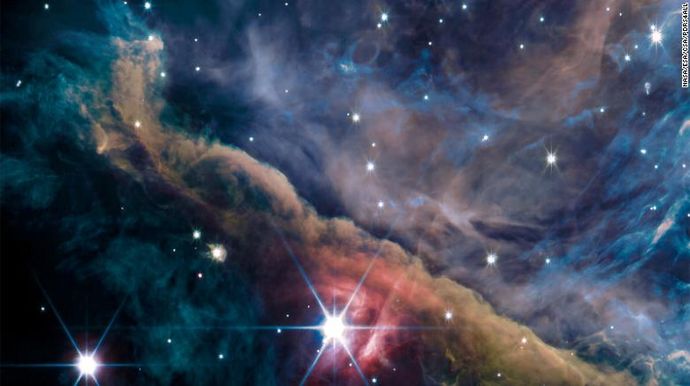“Breathtaking” images of the Orion Nebula from the James Webb Space Telescope, the US National Aeronautics and Space Administration (NASA), revealed intricate details about how stars and planetary systems were formed.
According to the news reported by CNN International, the images shared on Monday revealed an image similar to the environment in which the solar system formed more than 4.5 billion years ago.
Western University astrophysicist Els Peeters told the Orion Nebula that observing it will help space scientists better understand what happened during the first million years of the Milky Way’s planetary evolution.
“WE ARE STUNNING”
Peeters said, “We were stunned by the breathtaking images of the Orion Nebula. We started this project in 2017, so we’ve been waiting for more than five years to get this data. These new observations provide a better understanding of how massive stars transform the gas and dust cloud from which they are born. It makes us understand.” said.
The brightest diffuse nebula in the sky and at a distance of 1,600 light-years, the Orion Nebula is obscured by massive amounts of stardust; which makes it impossible to study what’s going on inside with instruments like the James Webb Space Telescope.
But James Webb detected the infrared light of the cosmos, allowing observers to see these dust layers, revealing the action taking place deep within the Orion Nebula.
“IT WAS AMAZING”
Olivier Berné, research scientist from the French National Center for Scientific Research (CNRS),
“The Orion Nebula was difficult to observe because it was too bright for Webb’s unprecedentedly sensitive instruments. But Webb was incredible, Webb can observe distant and fainter galaxies as well as Jupiter and Orion, some of the brightest sources in the infrared sky.” said.


